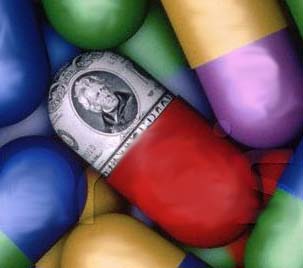 |
| Image Credit:cubics.co.in |
Pharmaceuticals don’t necessarily carry the image of grassroots doctors and aid workers going around underdeveloped countries and crossing warzones to distribute cheap drugs to the world’s poorest populations. However, a report from The Guardian broke down the contributions of the biggest pharmas to the production of accessible and affordable drugs made available in third world countries.
It seems like a case of developing conscience. Or, it could merely be a recognition of conquering markets by volume. The good in all of this is that medicines for epidemic-level diseases are no longer the preserve of rich countries. Logically, diseases such as tuberculosis, diabetes, and malaria are more common in poorer societies. The global pressure to address them is, of course, a by-product of government policies on health in concert with those of the World Health Organization (WHO).
 |
| Image Credit: rexbureau.wordpress.com |
Pharmaceuticals like Glaxosmithkline, Sanofi, and Johnson and Johnson have notably adjusted their pricing. They are also pledging ethical practices in research and testing, a far cry from the days some of the biggest ones in the industry were being accused of inhuman procedures.
Population boom could also have ushered economies of scale in drug development and production. Diseases have become more common, necessitating a ready supply of specific medications. The drive for perfecting vaccines for diseases such as malaria has intensified. It might really be just a good time to produce drugs.
 |
| Image Credit: bestnet-blog.com |
Read more about the pharmaceutical industry from this Mary Szela Facebook page.


















